If you're going to travel the entire length of Korea and back in one day, do it to see the Boseong tea fields.
And what better way to start a journey than eating tarts on a train? We were riding the KTX which sails along at a mean 305km/hour!
The view was a patchwork of vibrant, green rice paddies.
In summer, Korea is astoundingly green--green that will wake you up in the morning.
Rows of rice and the reflection of Nate's book in the window. He read the entire thing on the 3.5 hour ride from Seoul to Kwangju.
After a harrowing 1.5 hour bus ride from Kwangju with a kamakaze driver, we arrived at this ramshackle little station in Boseong where we caught another 15 minute kamakaze bus ride to beach-side Yulpo where we stayed overnight.
Here's Nate doing the thinker pose at the station...He's thinking, "what did I get myself into?"
In Yulpo we had dinner at a little samgyeopsal place, and I had green tea, cold noodles (noktcha nangmyeon). Because this is Korea's tea producing region, you can eat almost anything with green tea added.
Next we found ourselves a little love motel--actually a cab driver pointed us to the one directly across the street from where we were standing. It had been unclear to us that this little door, adjacent to a convenience store, with a Maya Angelo quote laminated on it, was the entrance to a love motel! The room was clean. The bed was a little sketchy...
But the quote on the pull down drapes was priceless, and almost made up for our neighbours who partied and yelled and drank and pounded the floor from 11pm to 7am!
But that just meant we were awake at 7am and could see the tea fields in their misty morning calmness. Our cab driver friend took us to the first of the two main fields of the Daehap Dawon tea farm.
There's the tea! And some seed-like fruits.
Here's the driver posing with the seeds. He insisted that Nate take them as a souvenir. Nate didn't think Customs would be excited to have these in Canada, so he ditched them later on.
Then the cab driver dropped us at the largest tea fields just up the road. The mist was settling over the tops of all the sloping hills.
But we needed some breakfast before the long climb to the top. The most appetizing thing on the menu was a raw Manila Clam Bibimbap (mixed rice dish), so we split one.
Nothing like raw clams in spicy sauce to put some hair on your chest! Traditional breakfast in Korea is usually rice and kimchi.
And we swallowed it down with a fair bit of cold, fruity green tea.
And topped her off with some green tea ice cream!
Then high ho, high ho, up the hill we went.
We couldn't have had better weather. The mist was kissing the hills and the air was cool.
And the Nikkons were out in full force. Scenes from a popular Korean drama were filmed here.
It was a love story.
And slopping hills are a pretty interesting backdrop.
This little guy was just plain cute.
And he was pretty cute too.
A nice man took our picture.
And we couldn't resist the irony of drinking coffee in a tea field.
We made it to the top.
I was a little distracted by all the pretty spider webs covered in dew.
And then by some pretty flowers.
Before we left, we sampled some tea. There are six grades of noktcha--each picked at a different stage in the growing season and exhibiting a unique flavour profile.
Up close and personal with the tea. This is what we came here for. In case you were wondering, we did try gnawing on some fresh leaves--they are bitter!
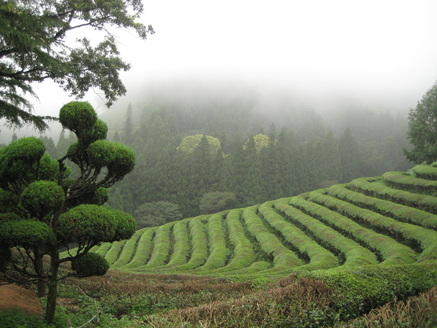
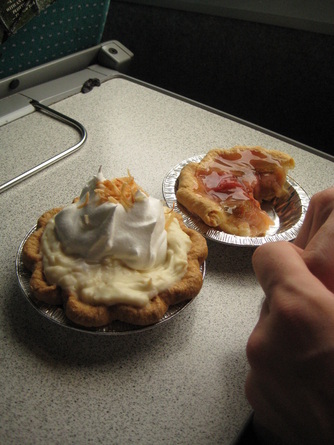
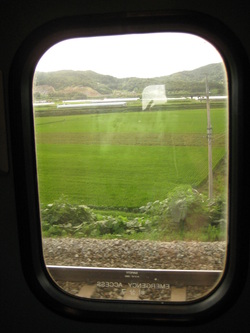
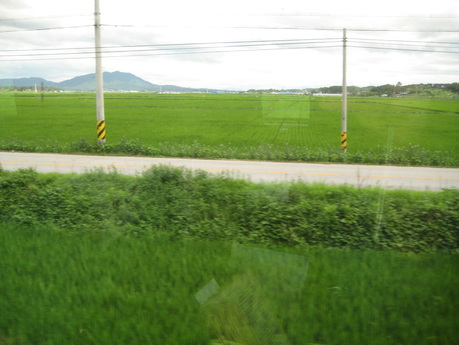
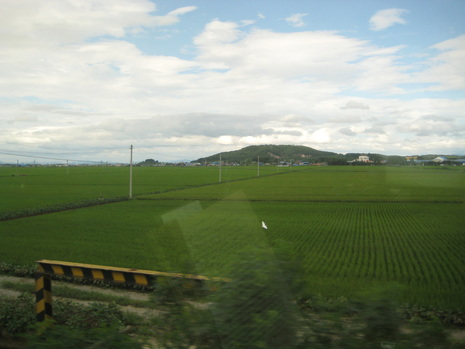
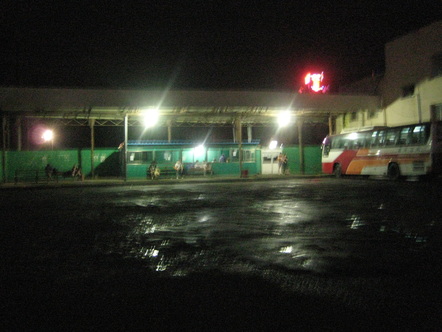
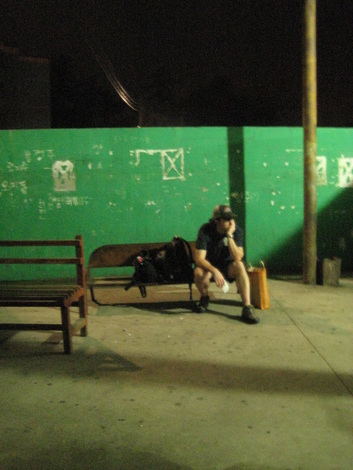
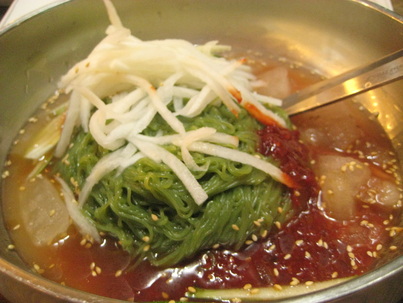
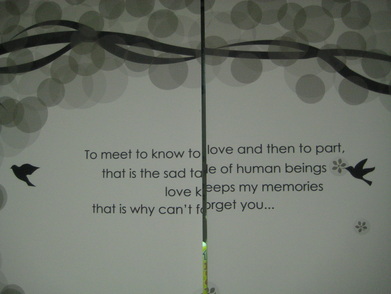
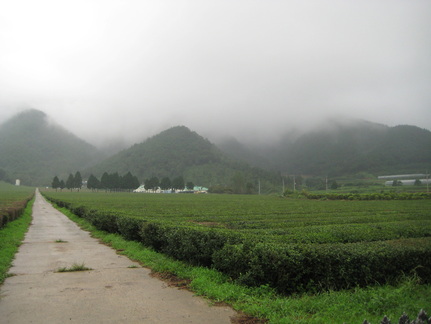
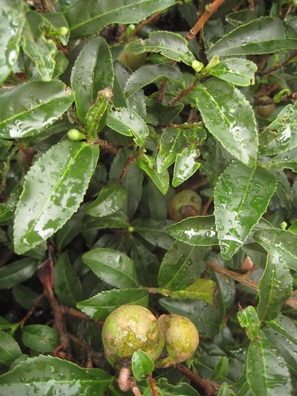
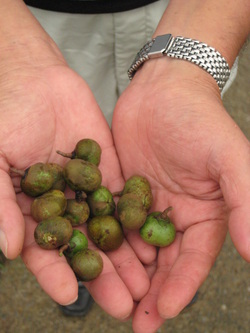
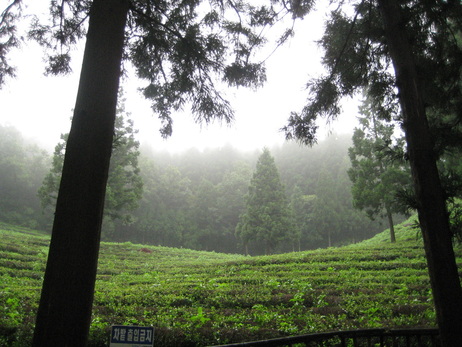
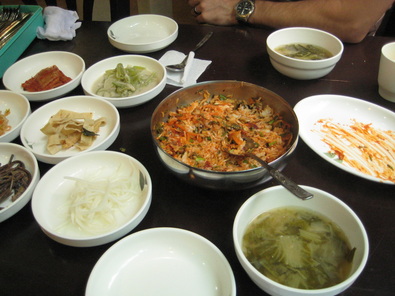
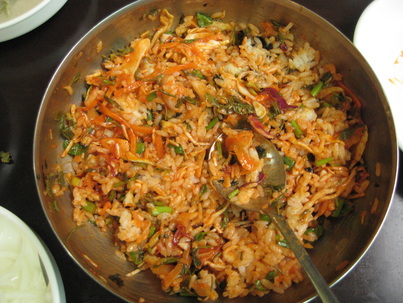
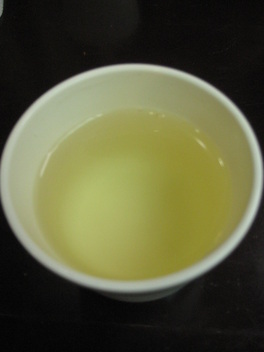
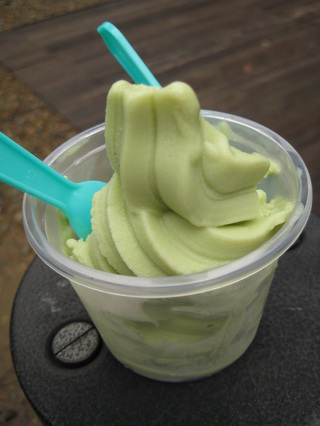

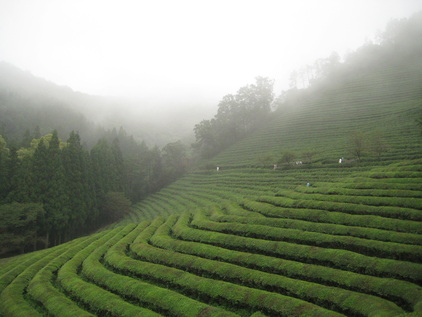
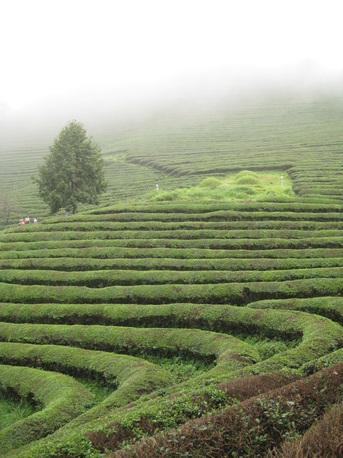
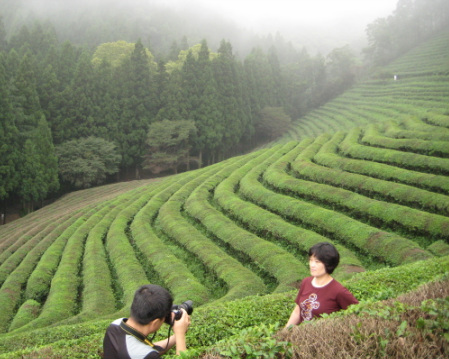
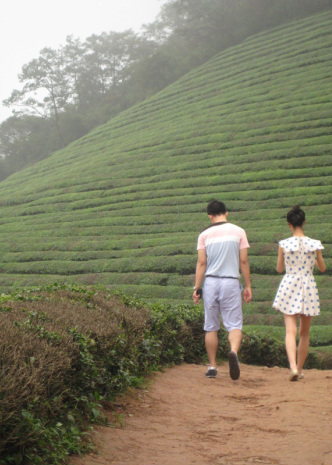
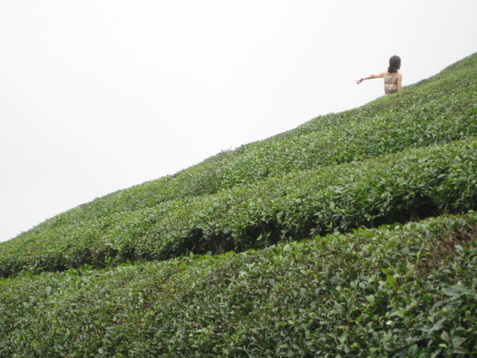
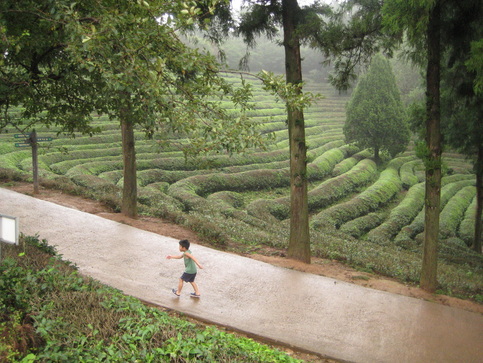
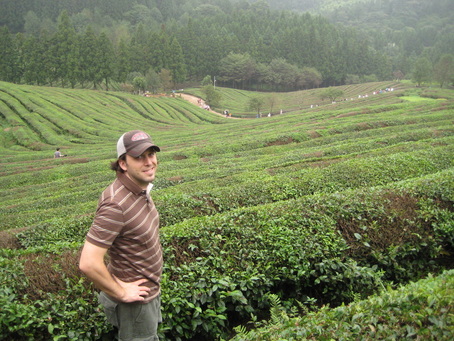
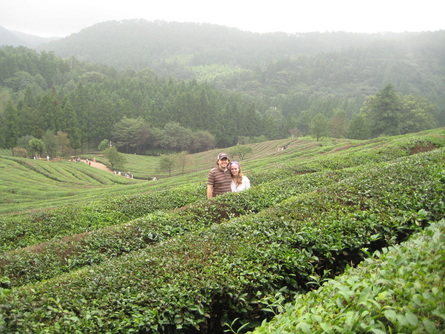
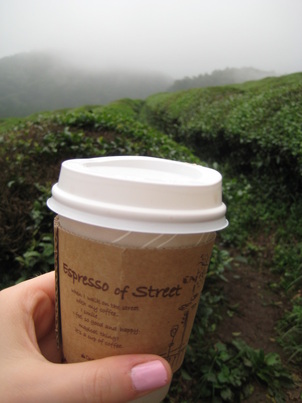
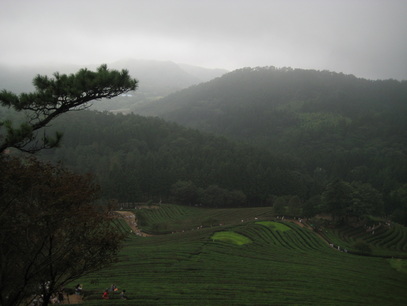
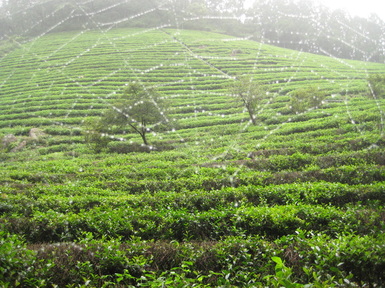
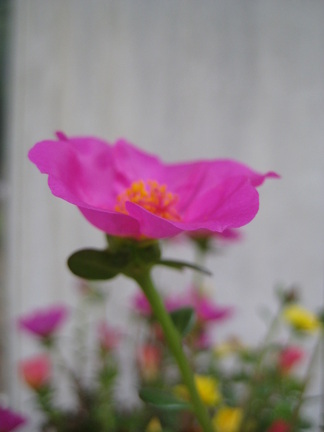
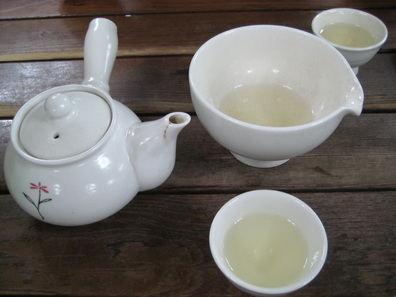
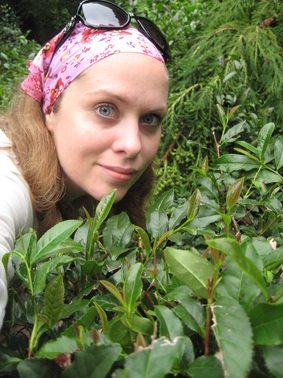
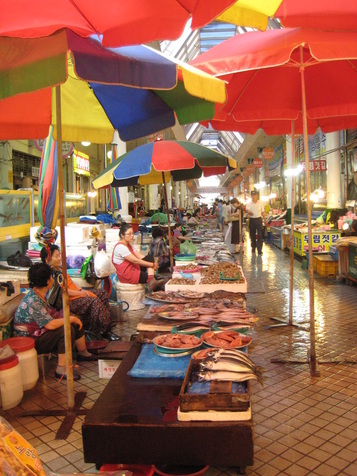

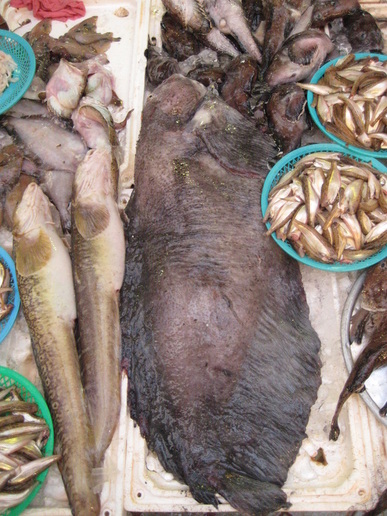
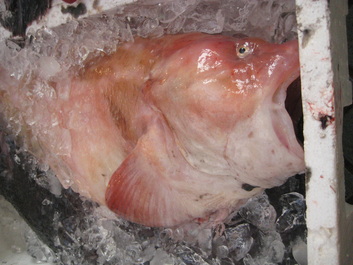
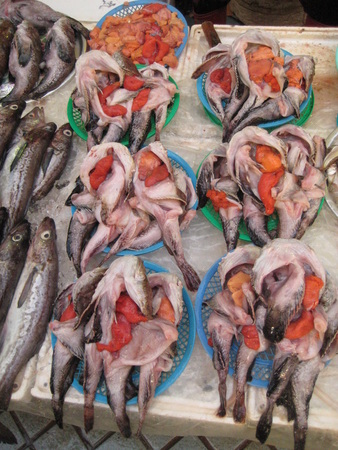
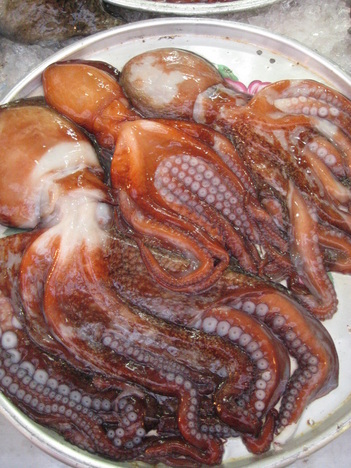
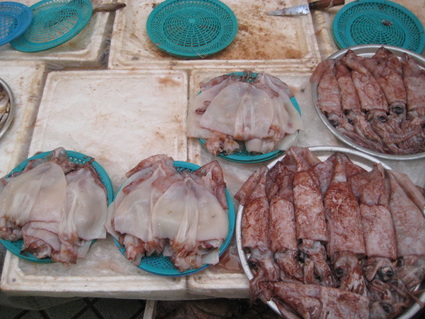
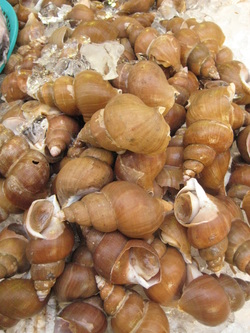
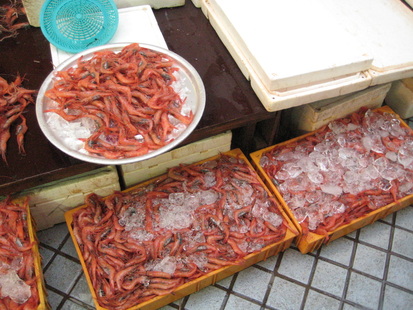
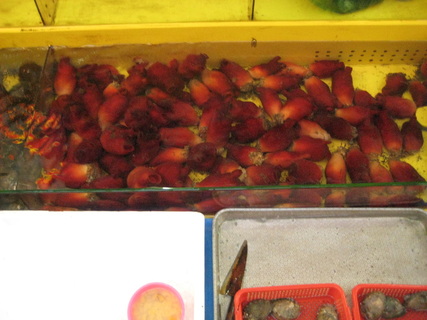
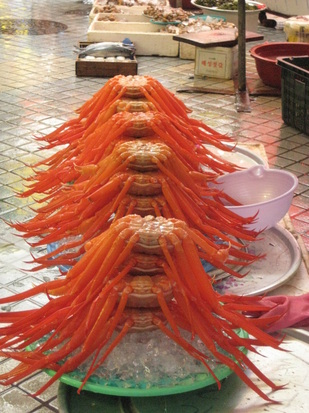
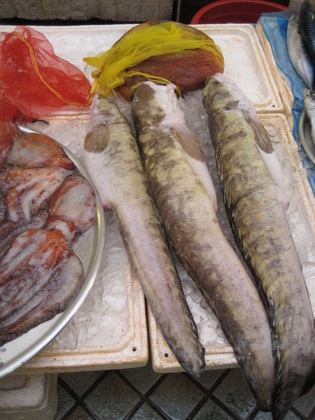

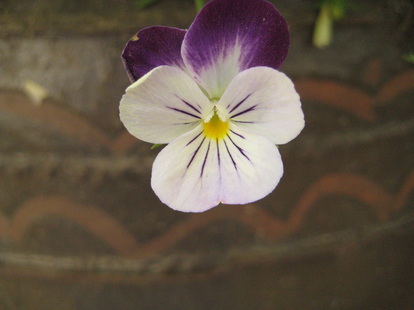
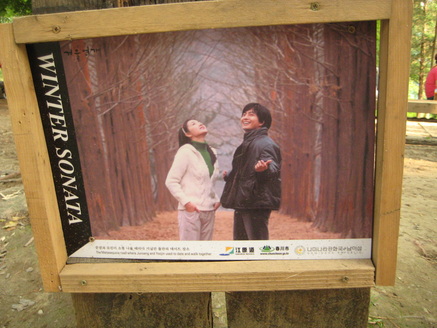
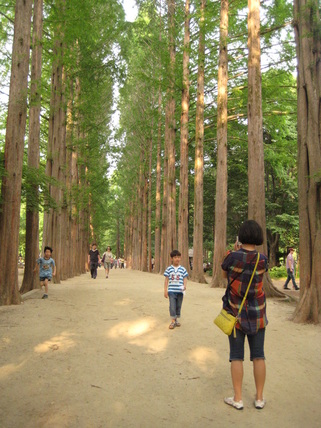
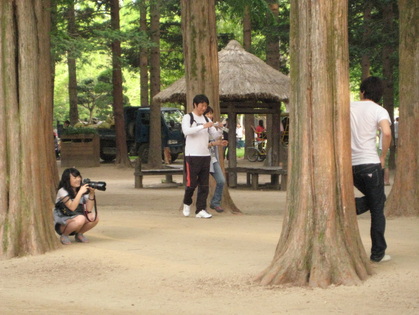
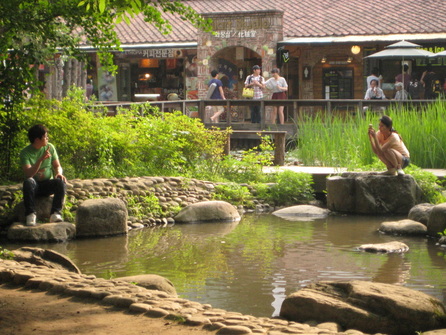
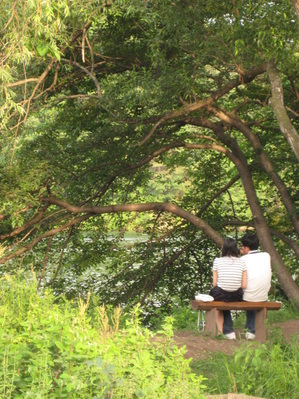
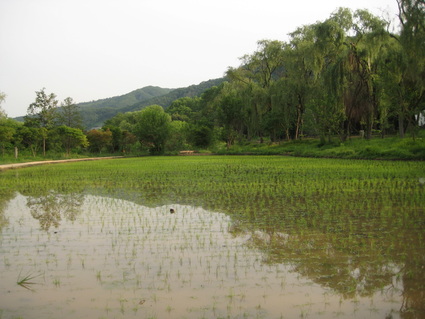
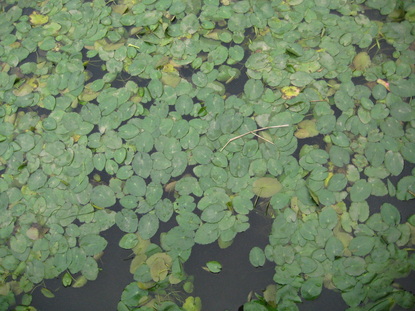
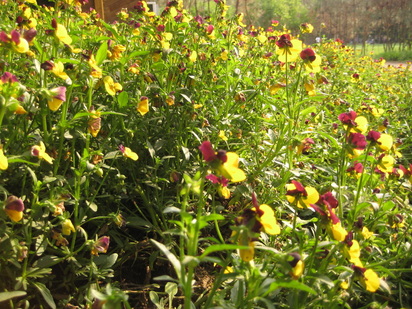
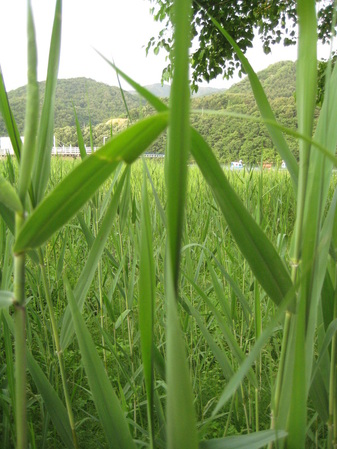
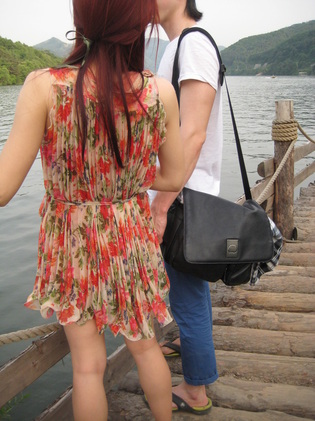
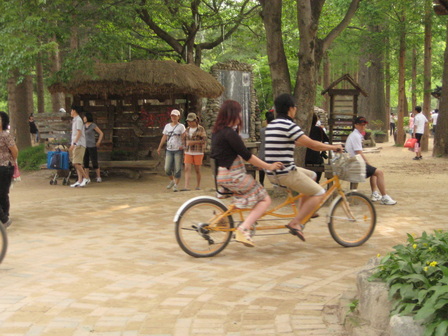
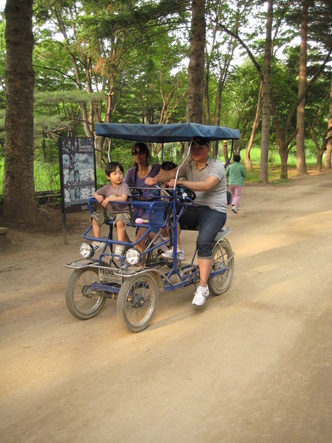
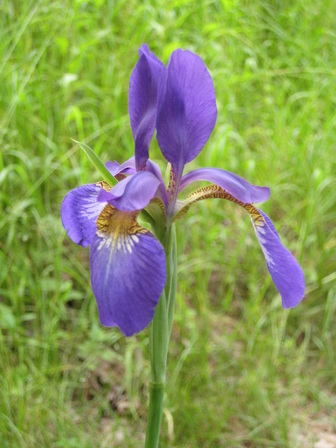
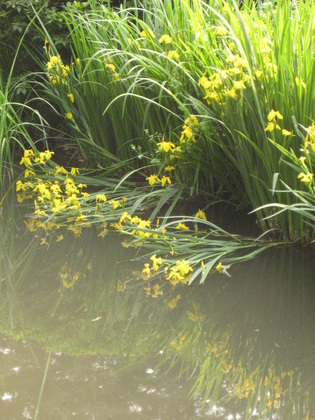
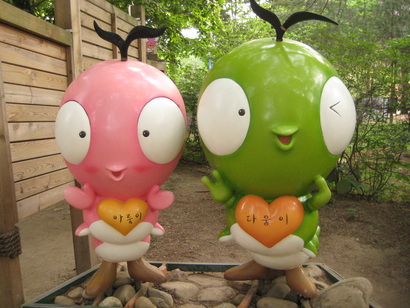
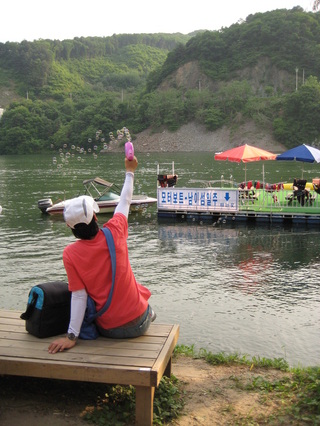
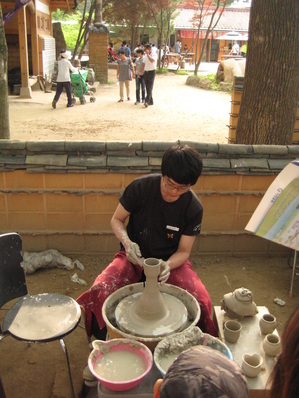
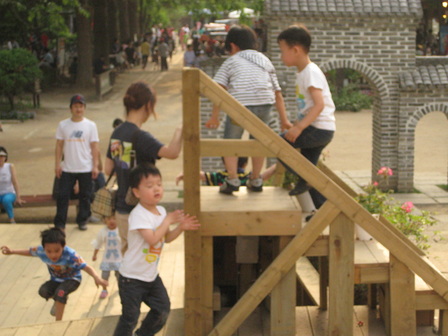
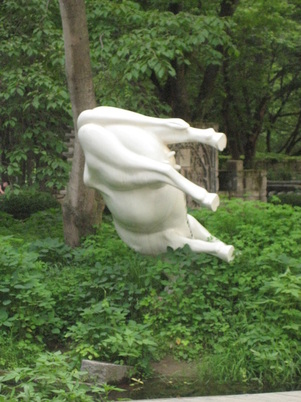
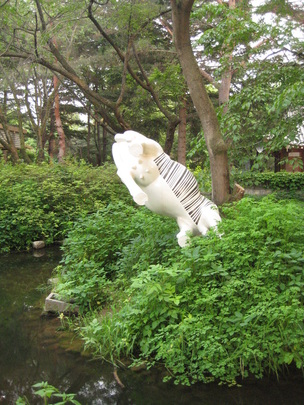
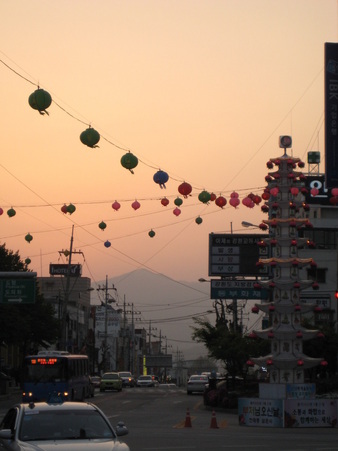
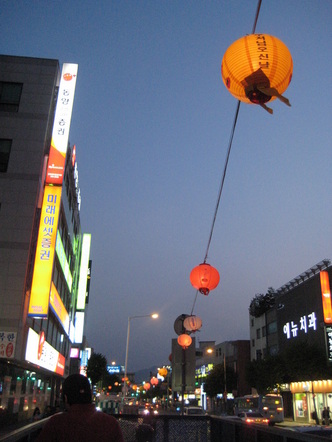
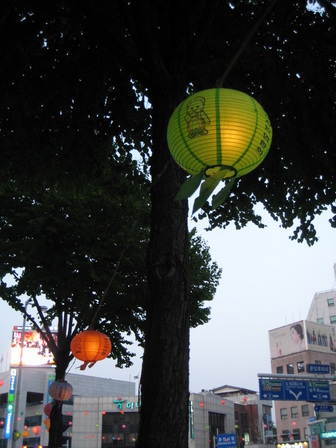
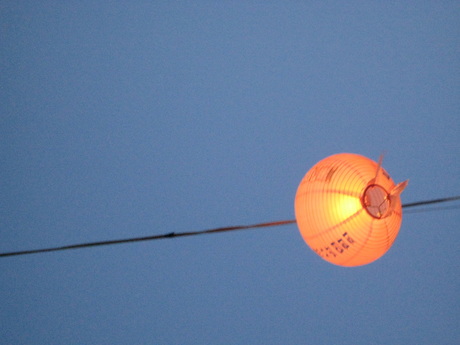
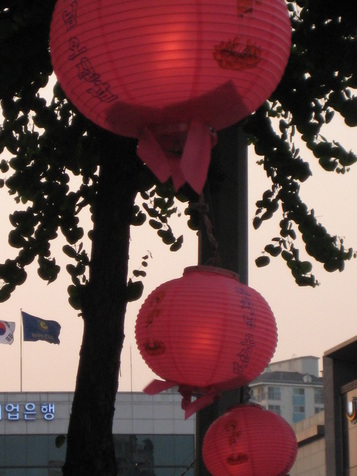
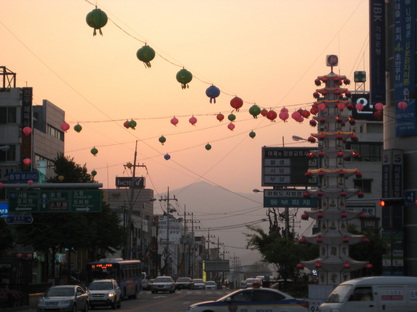
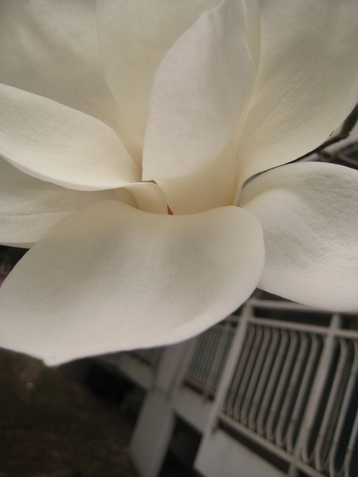

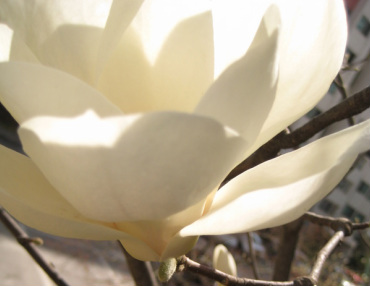
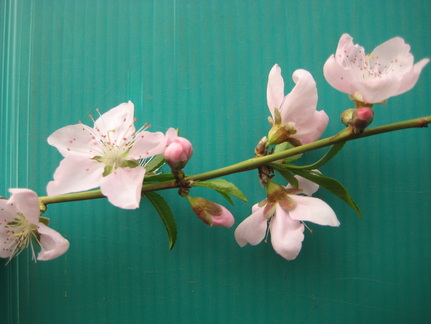
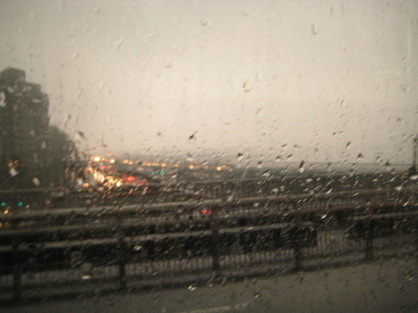
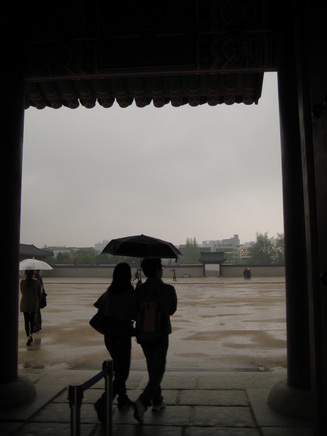
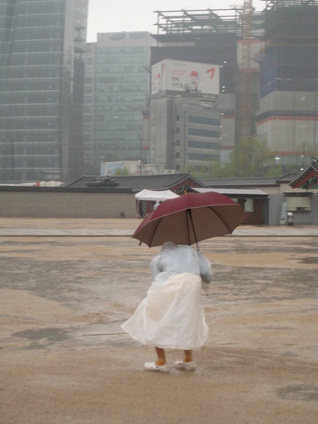
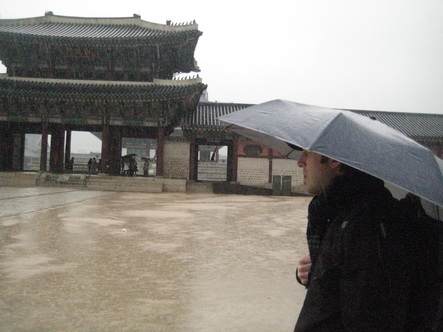
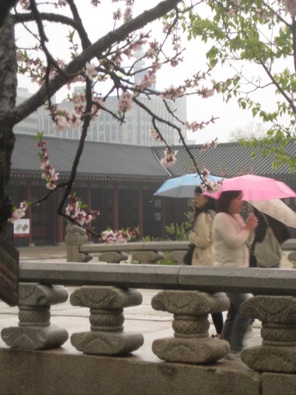
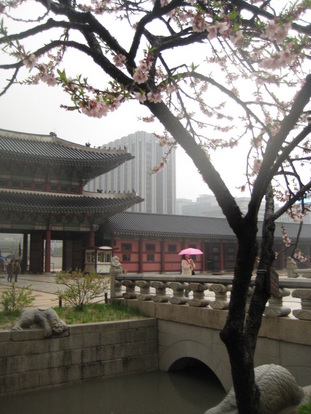
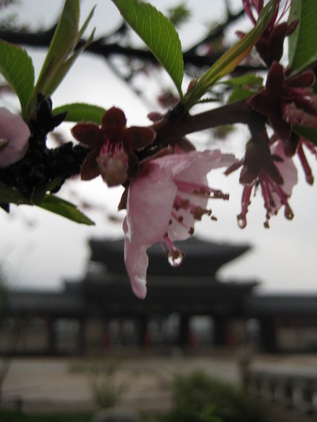
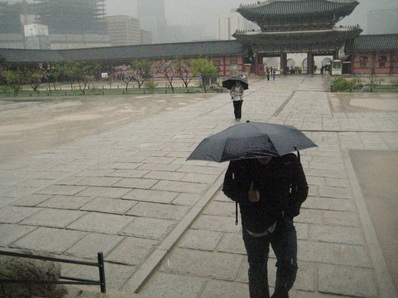
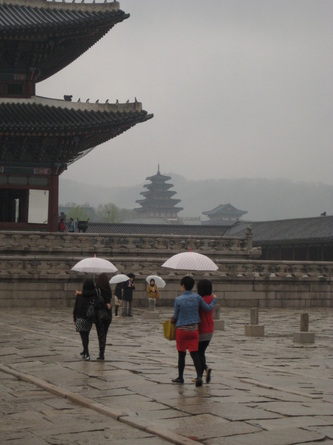
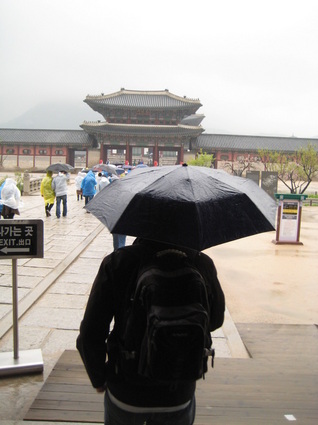
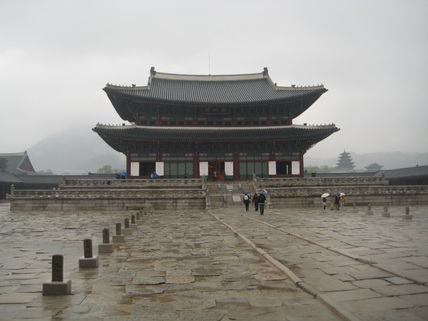
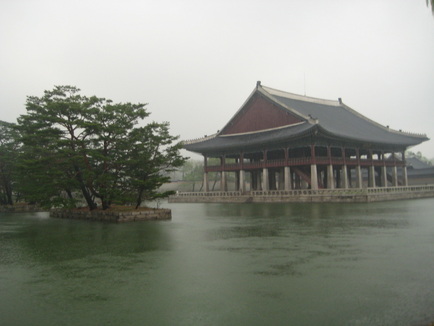
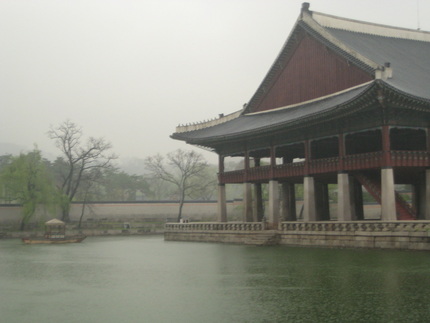
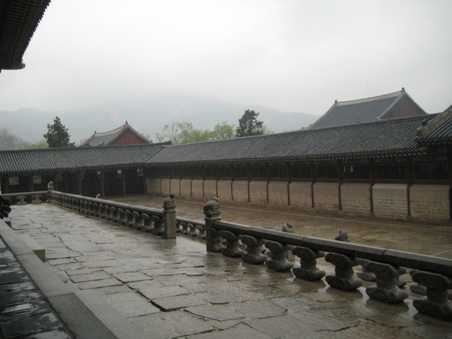
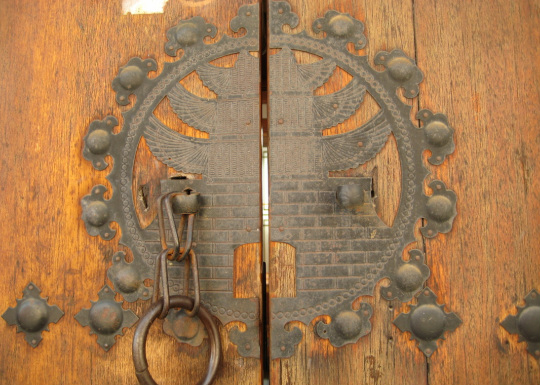
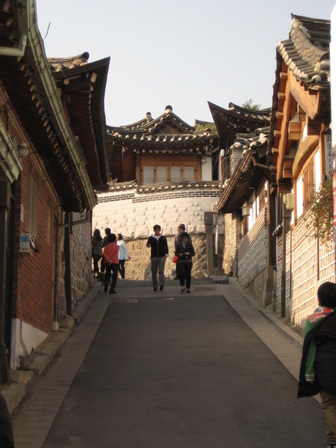
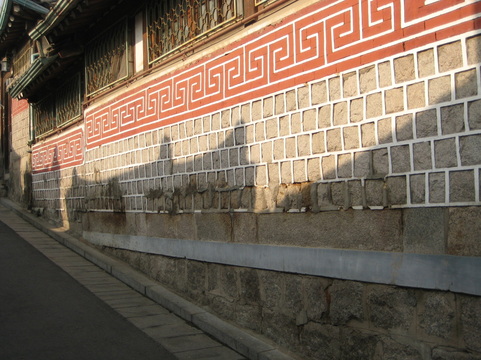
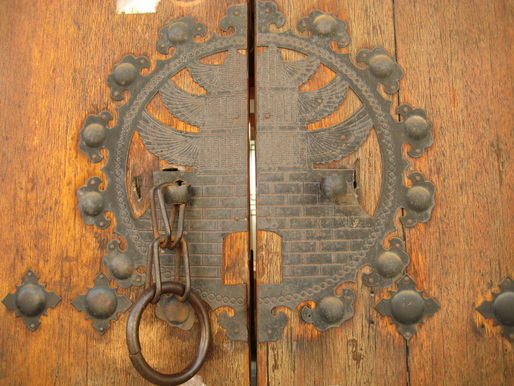
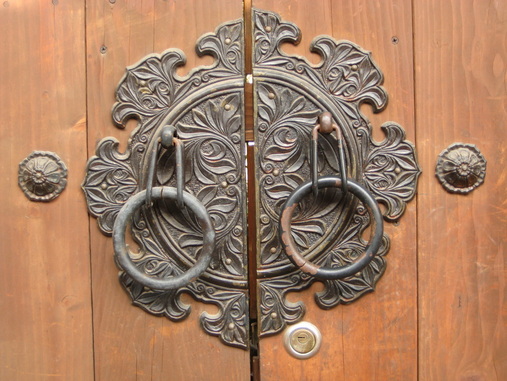
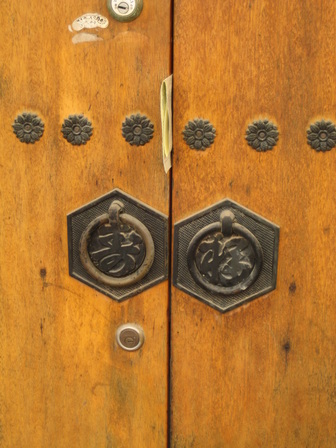
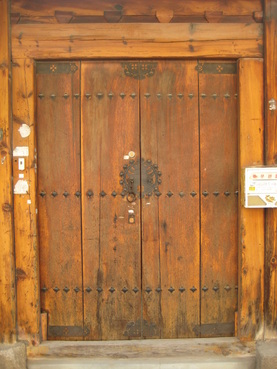
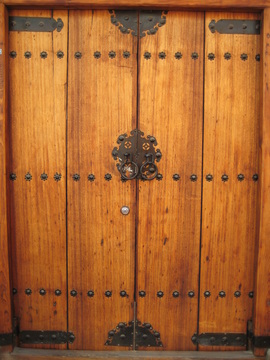
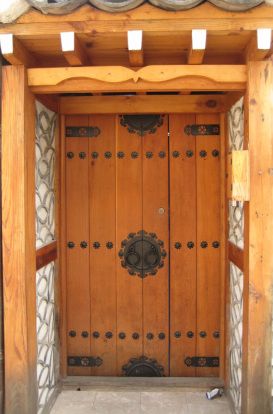
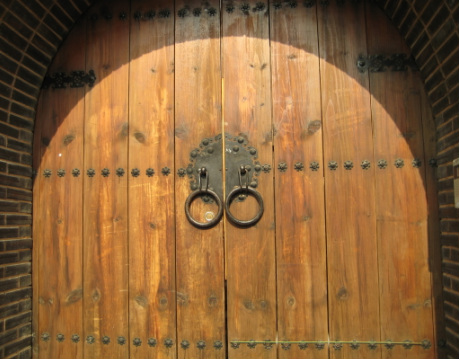
 RSS Feed
RSS Feed